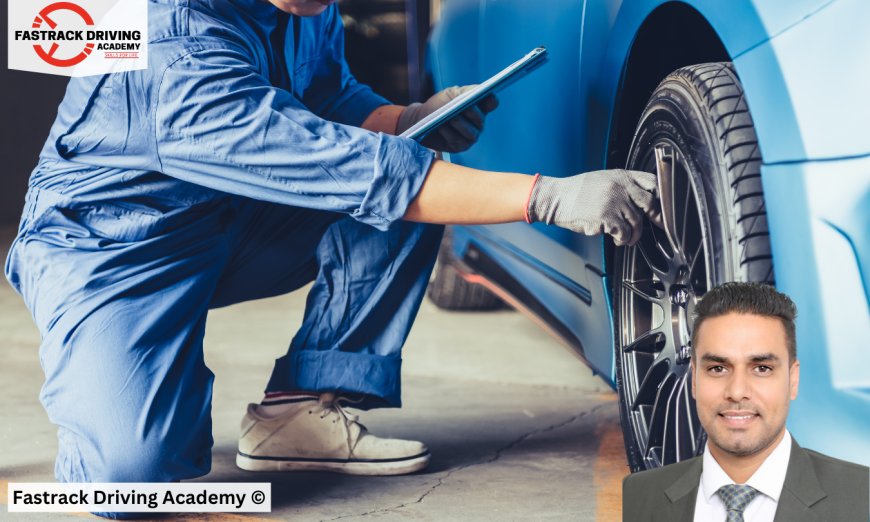How to Troubleshoot Airbrake Issues Like a Pro !
Learn how to troubleshoot common airbrake issues like a pro. Identify leaks, low pressure, and brake lag with expert tips for safe and efficient braking.

Airbrakes are essential for the safe operation of heavy vehicles, and any malfunction can lead to serious risks. Knowing how to identify and troubleshoot airbrake issues can help prevent breakdowns and ensure compliance with safety regulations. Here’s a step-by-step guide to diagnosing and fixing common airbrake problems like a pro.
1. Understanding the Airbrake System
Before troubleshooting, it's crucial to understand the key components of an airbrake system:
-
Compressor: Supplies air pressure.
-
Air Tanks: Store compressed air.
-
Brake Chambers: Convert air pressure into mechanical force.
-
Valves: Control airflow and braking force.
-
Air Lines: Transport compressed air throughout the system.
2. Common Airbrake Issues and How to Fix Them
a) Low Air Pressure
-
Symptoms: Warning light/buzzer activates, weak braking power.
-
Causes: Leaks, faulty compressor, or clogged air filters.
-
Solution: Inspect for leaks, check the compressor operation, and replace clogged filters.
b) Air Leaks
-
Symptoms: Hissing sounds, pressure drop.
-
Causes: Damaged air lines, loose fittings, or faulty valves.
-
Solution: Perform a leak test using soapy water and tighten or replace leaking components.
c) Brake Lag or Slow Response
-
Symptoms: Delayed braking when the pedal is pressed.
-
Causes: Moisture in air lines, worn-out valves, or low air pressure.
-
Solution: Drain air tanks daily, inspect and replace faulty valves.
d) Brakes Not Releasing
-
Symptoms: Dragging brakes, excessive heat buildup.
-
Causes: Faulty relay valve, frozen air lines, or weak return springs.
-
Solution: Check and replace malfunctioning valves, ensure proper air drying, and lubricate springs.
3. Preventative Maintenance Tips
-
Perform daily inspections: Check air pressure, leaks, and brake response.
-
Drain air tanks regularly: Prevents moisture buildup and freezing.
-
Lubricate moving parts: Ensures smooth operation and reduces wear.
-
Monitor brake pad wear: Replace worn pads to maintain braking efficiency.
Final Thoughts
Understanding how to troubleshoot airbrake issues is essential for any professional driver or fleet operator. By identifying problems early and performing regular maintenance, you can ensure safe and reliable braking performance. Keep your airbrake system in top shape and drive with confidence!
What's Your Reaction?
































